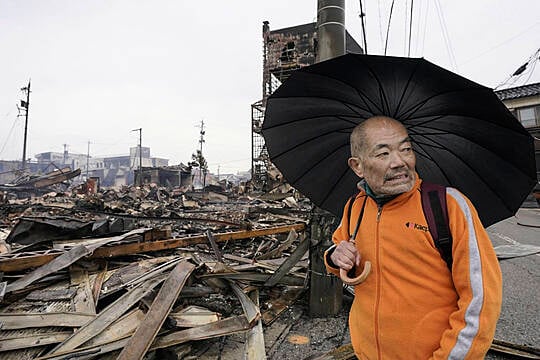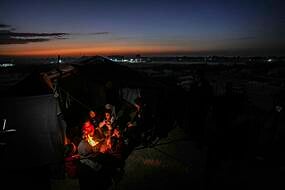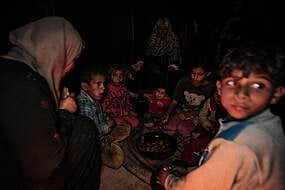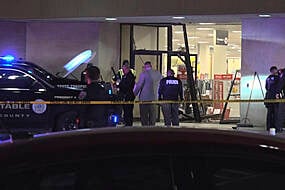A series of powerful earthquakes that hit western Japan left at least 62 people dead as rescue workers fought on Wednesday to save those feared trapped under the rubble of collapsed buildings.
Aftershocks continued to shake Ishikawa prefecture and nearby areas two days after a magnitude 7.6 temblor slammed the area. The first 72 hours are considered crucial to save lives after disasters.
Water, power and mobile phone service were still down in some areas.
Of the deaths, 29 were counted in Wajima city, while 22 people died in Suzu, according to Ishikawa Prefectural authorities. Dozens of people have been seriously injured, including in nearby prefectures.

Although casualty numbers continued to climb gradually, the prompt public warnings, relayed on broadcasts and phones, and the quick response from the general public and officials appeared to have limited some of the damage.
Toshitaka Katada, a University of Tokyo professor specialising in disasters, said people were prepared because the area had been hit by quakes in recent years. They had evacuation plans and emergency supplies in stock.
“There are probably no people on Earth who are as disaster-ready as the Japanese,” he told The Associated Press.
Japan is frequently hit by earthquakes because of its location along the Ring of Fire, an arc of volcanoes and fault lines in the Pacific Basin.
Japanese media’s aerial footage showed widespread damage in the hardest-hit spots, with landslides burying roads, boats tossed in the waters and a fire that had turned an entire section of Wajima city to ashes.
Japan’s military has dispatched 1,000 soldiers to the disaster zones to join rescue efforts. It was uncertain how many more victims might still be in the rubble.
Nuclear regulators said several nuclear plants in the region were operating normally. A major quake and tsunami in 2011 caused three reactors to melt and release large amounts of radiation at a nuclear plant in north-eastern Japan.
On Monday, the Japan Meteorological Agency issued a major tsunami warning for Ishikawa and lower-level tsunami warnings or advisories for the rest of the western coast of Japan’s main island of Honshu, as well as for the northern island of Hokkaido.
The warning was downgraded several hours later, and all tsunami warnings were lifted as of early on Tuesday. Waves measuring more than one metre (three feet) hit some places.
Still, half-sunken ships floated in bays where tsunami waves had rolled in, leaving a muddied coastline.
People were evacuated from their houses huddled in auditoriums, schools and community centres. Bullet trains in the region were halted, but service was mostly restored. Sections of highways were closed.
Weather forecasters predicted rain, setting off worries about crumbling buildings and infrastructure.
The region includes tourist spots famous for lacquerware and other traditional crafts, along with designated cultural heritage sites.







